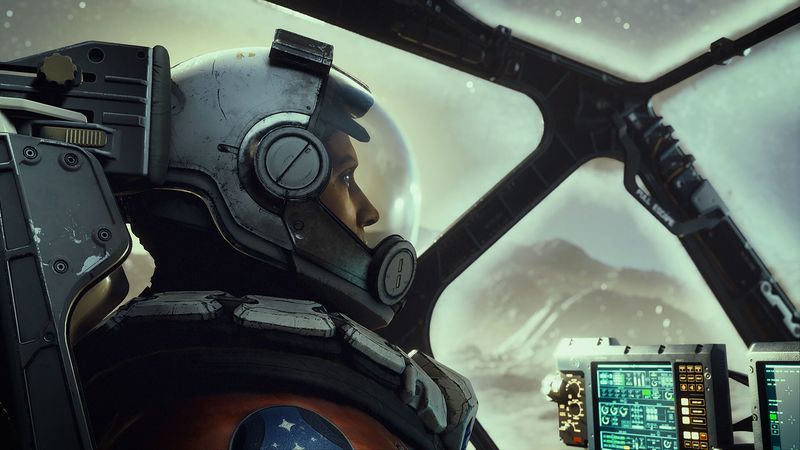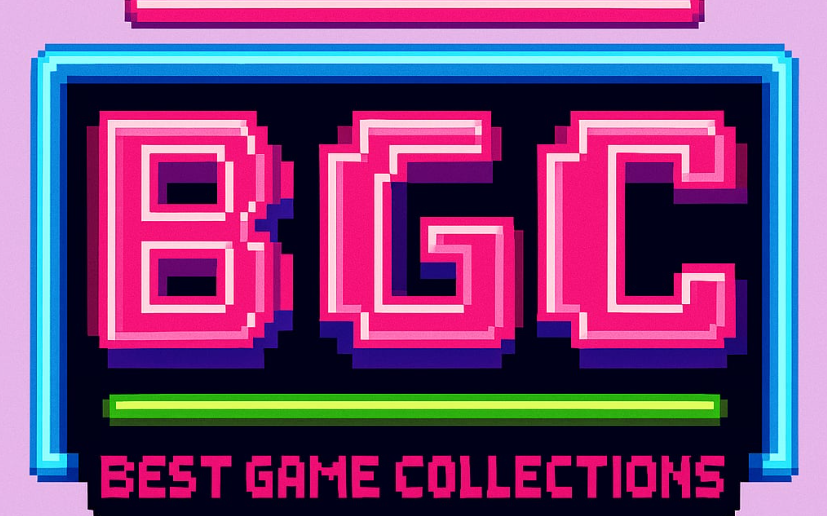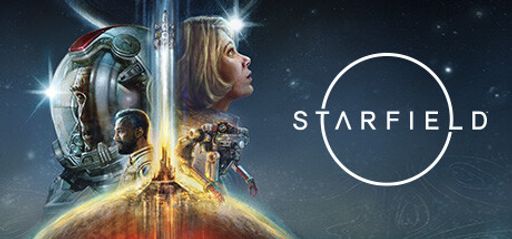Hey there, fellow space explorers! Today I’m here with my laid-back take on Bethesda’s big new adventure, Starfield. I’ve spent close to 60 hours drifting between planets, tweaking my ship, poking into every quest, and, of course, battling the occasional crash. Below you’ll find my cozy, down-to-earth thoughts on what works, what doesn’t, and whether this galaxy is worth hopping into.
Overall Impressions
Starfield’s biggest wow moment arrives the instant you step onto that dusty planet under twin suns. Right away, Bethesda nails the sense of scale and wonder you first experienced in Skyrim or Fallout. From soaring between star systems to scanning alien worlds and tinkering with ship parts, the game balances epic exploration with peaceful moments of discovery—perfect for anyone seeking a vast universe to call their own.
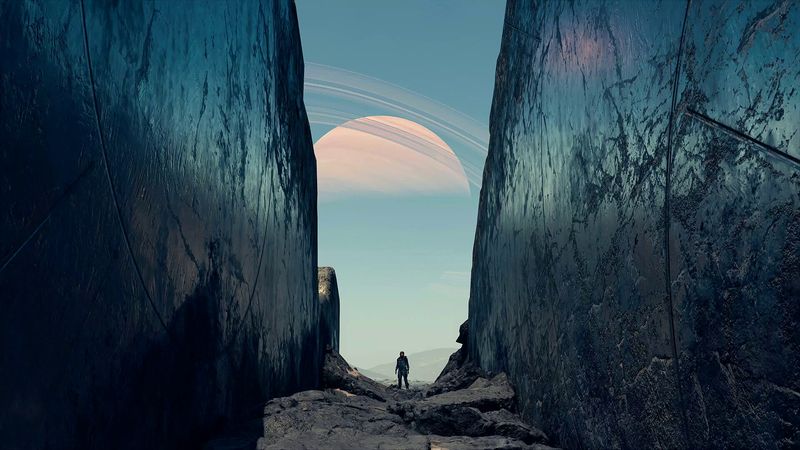
However, after you visit a dozen planets, the novelty wears off. Although there are hundreds of worlds to explore, most environments boil down to ice, desert, forest, or… more desert. Additionally, over-used structures and copy-pasted interiors start to look familiar, which can shatter the immersion you felt in those first unforgettable moments.
Compared to other cozy-ish space sims, Starfield lands squarely between No Man’s Sky and Subnautica. While it offers a wider galaxy and deeper RPG mechanics than most, it doesn’t quite match the handcrafted charm of Subnautica’s underwater realms or the procedurally infinite planets of No Man’s Sky. Ultimately, it’s an ambitious sandbox that feels both thrilling and rough around the edges.
Gameplay Mechanics
Initially, exploring and scanning in Starfield feels like a leisurely science hobby. Scanning critters and plants rewards you with data logs and subtle story beats. However, the novelty fades once you’ve cataloged familiar flora and fauna across similar biomes. Without truly unique species, planetary scans lose excitement over time.
Ship building and space combat stand out as Starfield’s true cozy gems. Designing particle beams, rearranging thrusters, and customizing your vessel offers a deeply satisfying minigame. Although combat can feel repetitive—spam weapons and watch shields drop—creative layouts keep engagements fresh and rewarding.
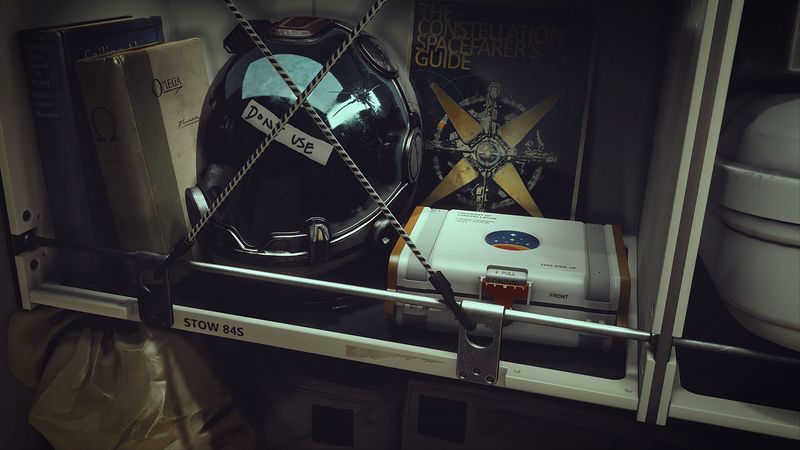
Also, Starfield’s questing blends classic Bethesda faction missions with modern glitches. You’ll charter space lanes and broker alliances, but occasional network errors, crashes, and load hitches still interrupt gameplay. Limited dialogue choices often boil down to “Yes” or “Later,” reducing the role-playing depth and weighty decisions fans cherish.
Story and Characters
The story kicks off with a mystery hinting at deep space magic, and the first few missions build strong anticipation. Bethesda layers intriguing clues and puzzle-like tasks to draw you in. However, after that initial momentum of discovery, the main narrative gradually loses its spark and direction, leaving players craving more impactful twists and meaningful revelations to sustain engagement throughout the campaign.
For companions, Starfield offers allies who are polite and supportive, delivering light banter and occasional encouragement. Even so, they feel safe and predictable without genuine moral complexity. You won’t face tough loyalty dilemmas or question their motives because their personalities lack depth. Ultimately, these sidekicks serve as helpful crew members rather than immersive companions you’ll debate risking everything to protect.
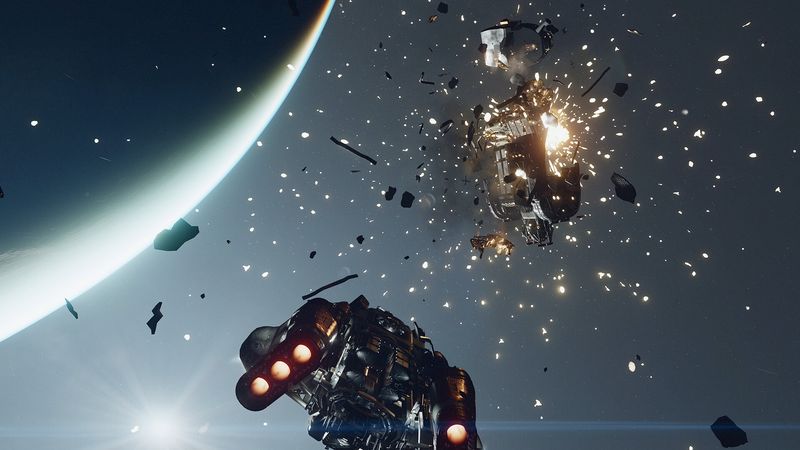
Bethesda’s big Creation Engine upgrade and broad world-building suggest a detailed sci-fi universe, but many settlements seem incomplete. Empty colonies and company outposts fill the maps, yet few places have their own stories or standout characters. Because of this, the frontier’s mystery often falls flat and it’s hard to feel like a real pioneer. If the planets had more personal lore, Starfield’s vast universe would feel more alive.
Visuals and Graphics
Starfield’s soundtrack creates a movie-like feel, drifting between eerie ambient tones and bold brass fanfares that perfectly mark each planet touchdown. The music never takes over; it invites you to stop and soak in the view. Sound effects—from crackling laser blasts to doors swooshing and the scanner’s satisfying beeps—boost immersion. Still, sometimes dialogue lines overlap or repeat, which can pull you out of those smooth moments.
Overall, the voice acting is strong and confident, avoiding the odd flubs of past Bethesda games. Most NPCs speak clearly, helping the story along without distraction. That said, some companions lean on the same catchphrases—like one constantly saying “Let’s get to it”—which can get old during long play sessions. In the end, Starfield’s sound design nails the mood, even if a few vocal hiccups break the spell.
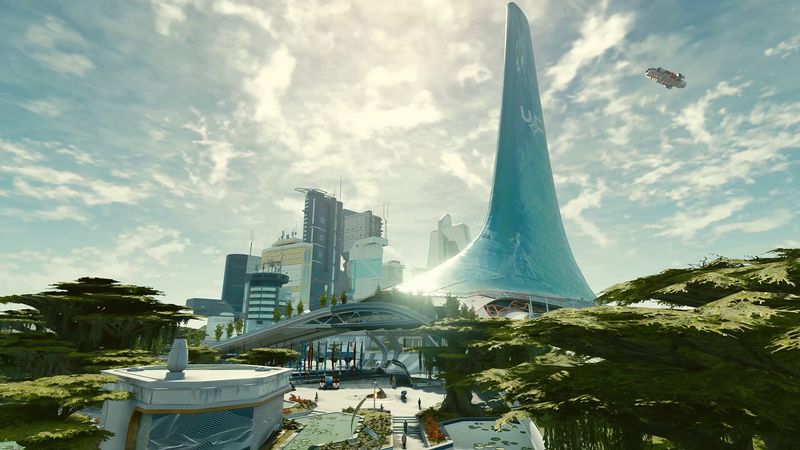
Sound and Music
Starfield’s soundtrack delivers a cinematic audio experience that drifts between mysterious ambient chords and swelling heroic brass, perfectly punctuating each planet landing. The score never overwhelms, instead inviting players to pause and marvel at their surroundings. Meanwhile, sound effects—from lasers crackling to doors whooshing and the scanner’s satisfying beep-beeps—enhance immersion. However, occasional overlapping or repeated dialogue clips can jarringly yank you out of these otherwise seamless moments.
Overall, Starfield’s voice acting remains solid and confident, avoiding the quirky missteps of earlier Bethesda titles. Most NPCs deliver their lines with clarity, supporting the narrative without distraction. That said, some companions rely on repetitive catchphrases—like one ally’s constant “Let’s get to it”—which can grow tiresome over extended play sessions. Ultimately, the game’s audio design excels in atmosphere, even if a few vocal quirks break the spell.
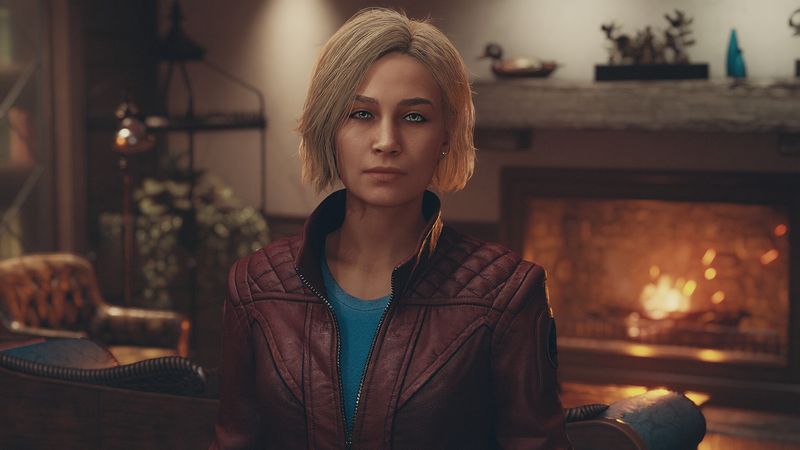
Difficulty and Replayability
Starfield offers flexible challenge levels that cater to diverse playstyles—from stealthy sneak missions and tense gunfights to persuasive speech checks that unlock secret paths. Upgrading your gear is crucial, as tackling large enemy groups can quickly overwhelm underpowered builds. Alongside combat, be prepared for occasional bugs and crashes; frequent saving and quick restarts will save you headaches when network errors or broken saves strike.
At its core, Starfield shines as a sandbox with high replay value. Whether you’re obsessed with ship-building challenges, deep faction alliances, or min-maxing every skill tree, there’s ample content to fuel dozens more hours. However, fans seeking tightly crafted planet mysteries may find the procedurally generated surprises less compelling over time. Ultimately, your mileage will depend on whether you crave creative freedom or handcrafted storytelling.

Trivia Corner
Bethesda’s Starfield is its first completely new universe in 25 years. Powered by an updated Creation Engine that took almost a decade to build. This big upgrade brings better graphics, smoother physics, and smarter procedural tools. Giving you vast star systems and realistic planets to explore. By pairing modern tech with Bethesda’s knack for detailed worlds, Starfield raises the bar for open-world space games. Appealing to both longtime players and newcomers.
The Starfield modding community has already made hundreds of tweaks—from brighter interiors and sharper textures to complete overhauls of combat and menus—showing how much fans want to expand on Bethesda’s work. These player-made fixes not only patch small bugs but also open up new ways to play, with custom ship parts, extra missions, and cool visual effects. Thanks to a solid Creation Kit and active forums, modders keep adding fresh content, so Starfield stays fun long after its launch.
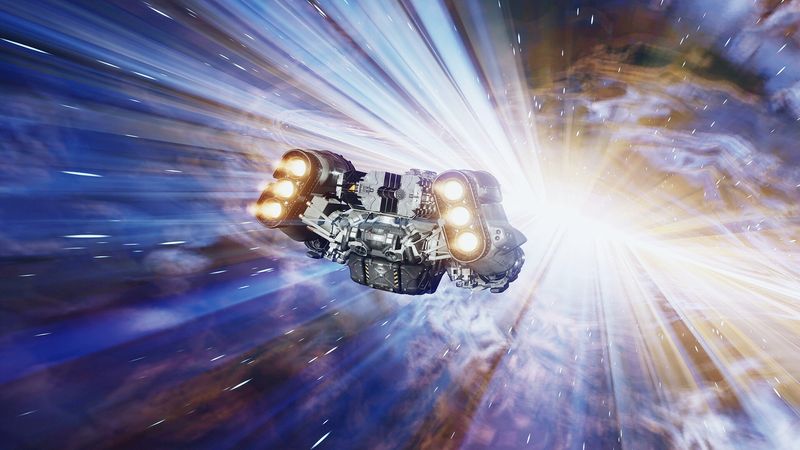
Final Thoughts
Starfield isn’t a home run in every system, but it has enough heart to spark that cozy space-sim itch. I’ve spent tranquil evenings floating above alien seas, pathed out tense skirmishes through derelict stations, and lost myself rearranging ship consoles until the wee hours. At the same time, I can’t ignore the repetition in planet design, the occasional crash-fest, or the thin choice trees.
Rating: 3.5 out of 5 stars
If you’re after a chilled space-faring playground with a touch of RPG flair, give Starfield a go—especially if it’s on sale. Just remember to keep your saves backed up and your expectations in orbit. Safe travels!
